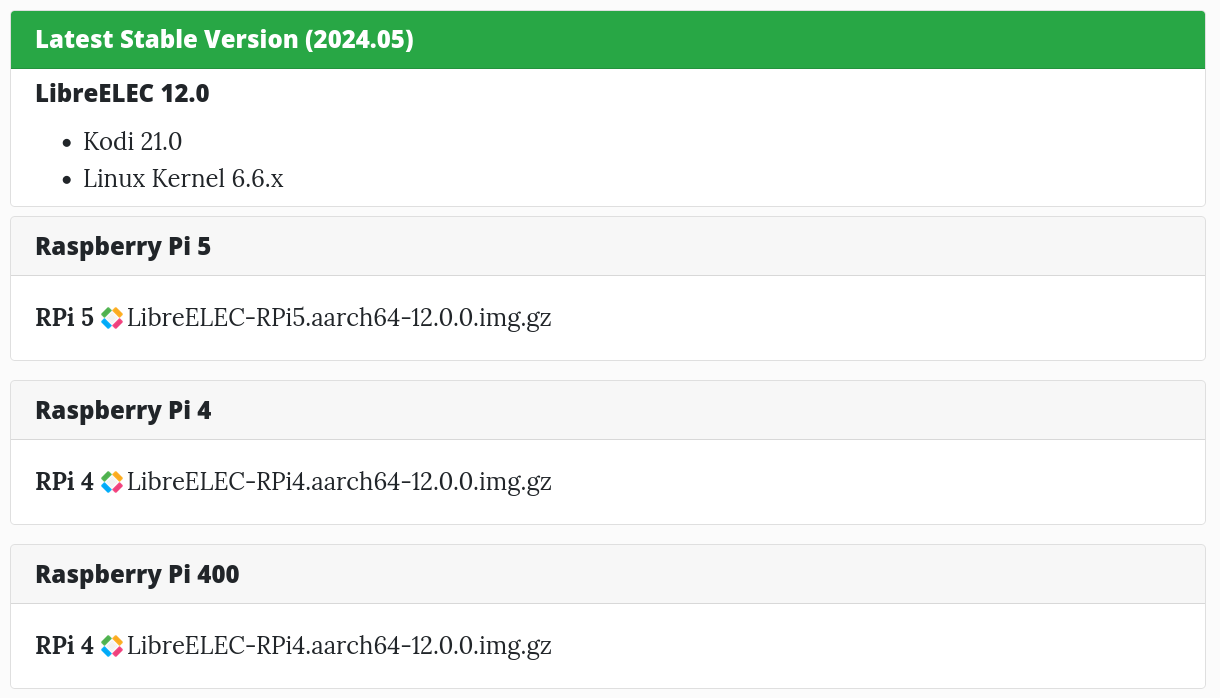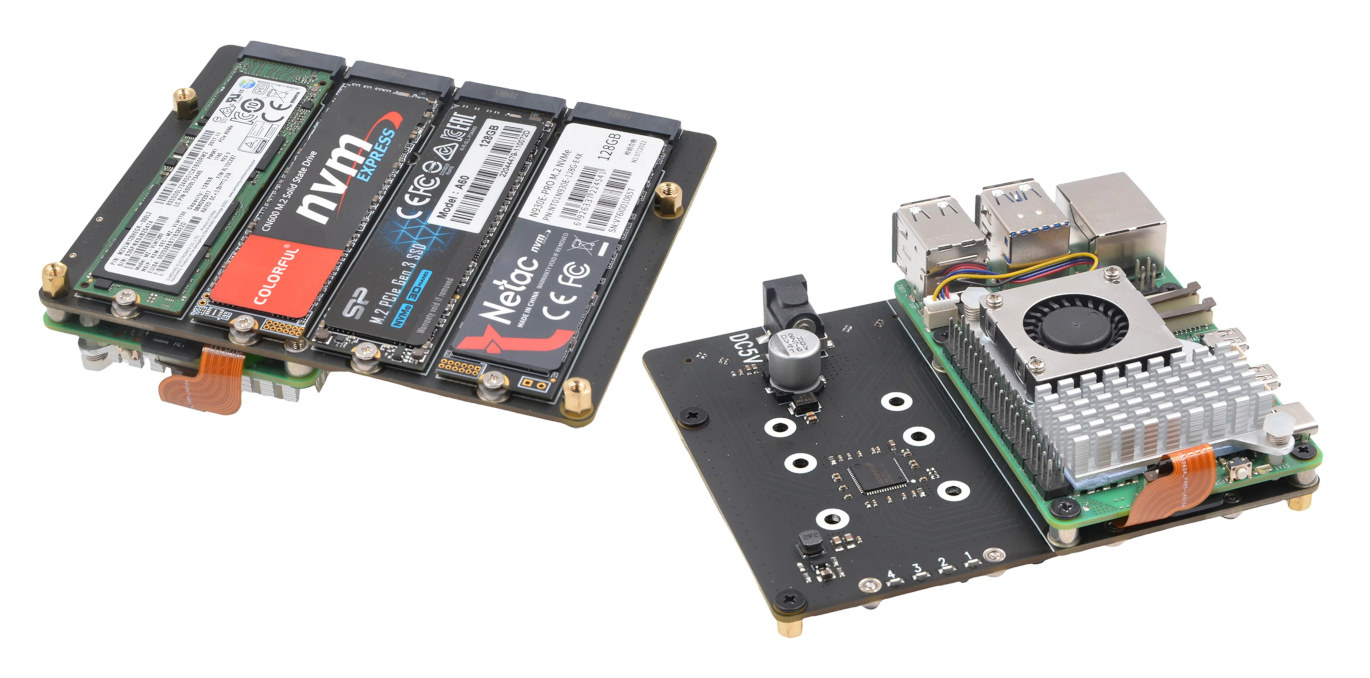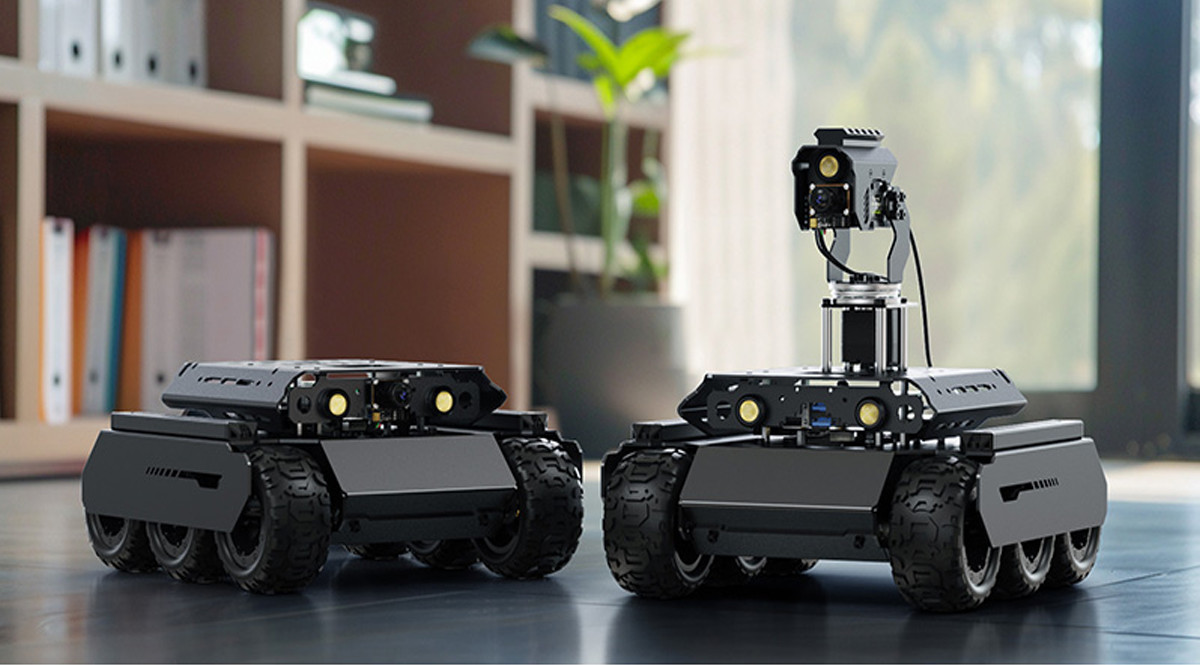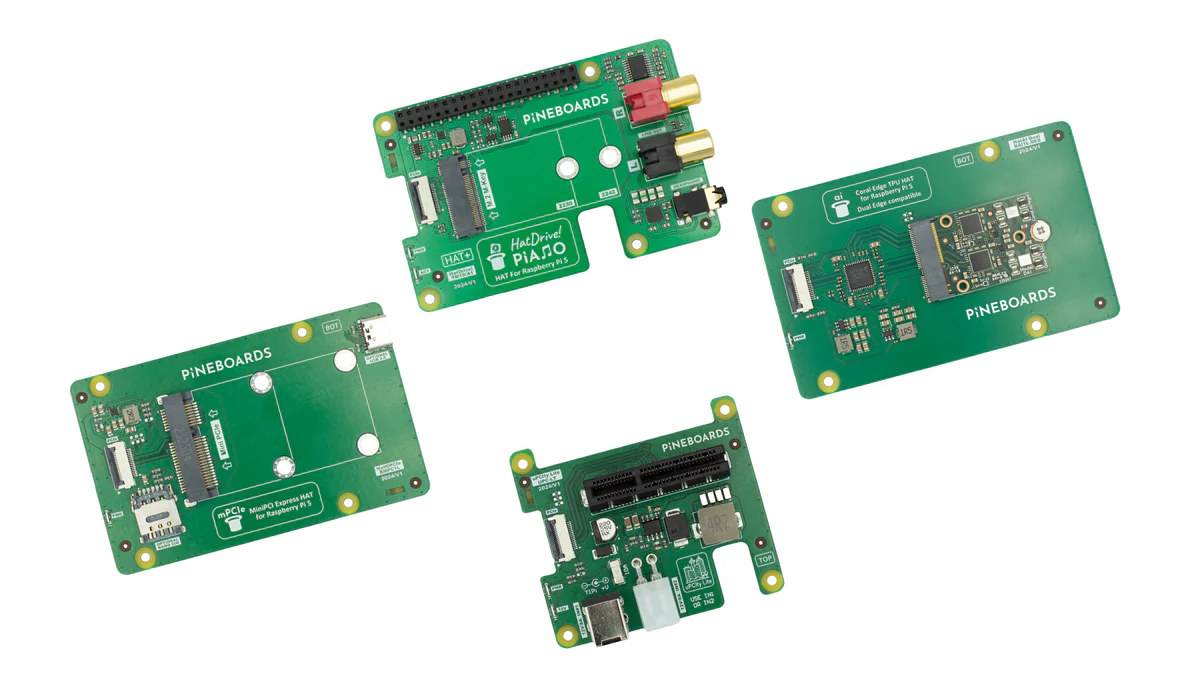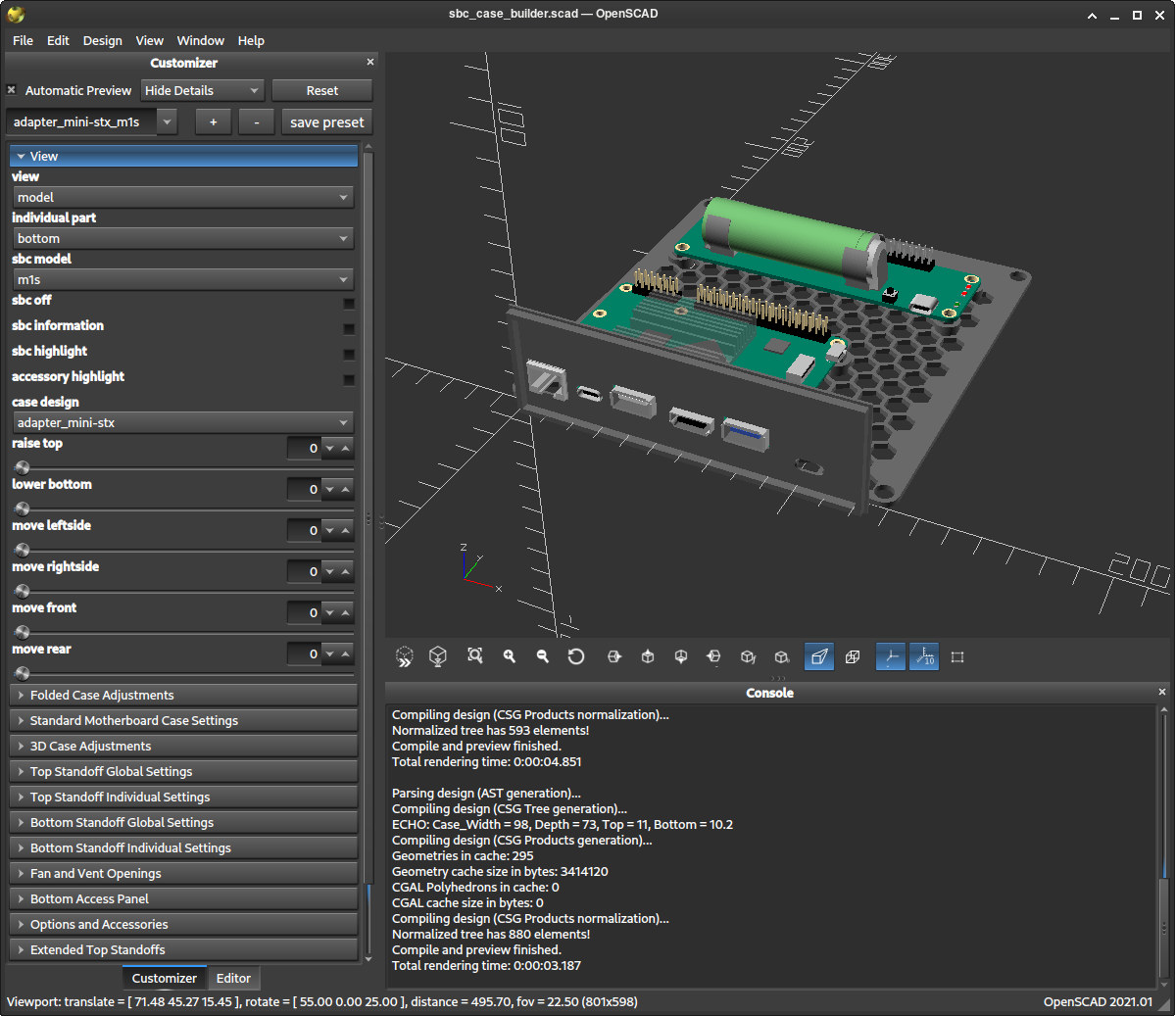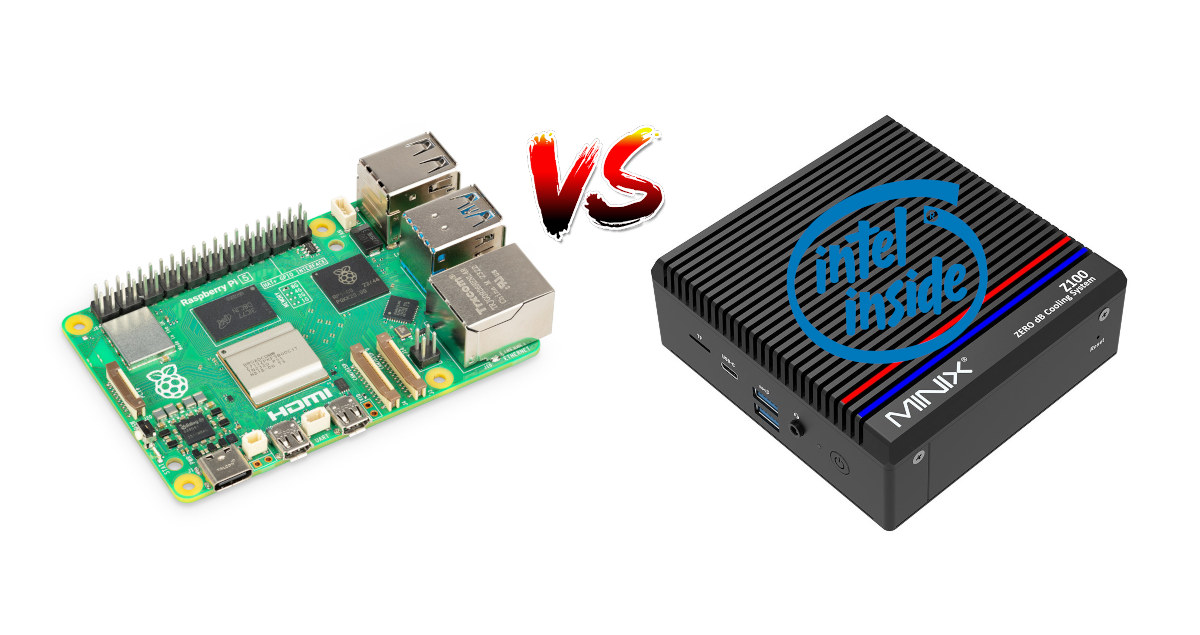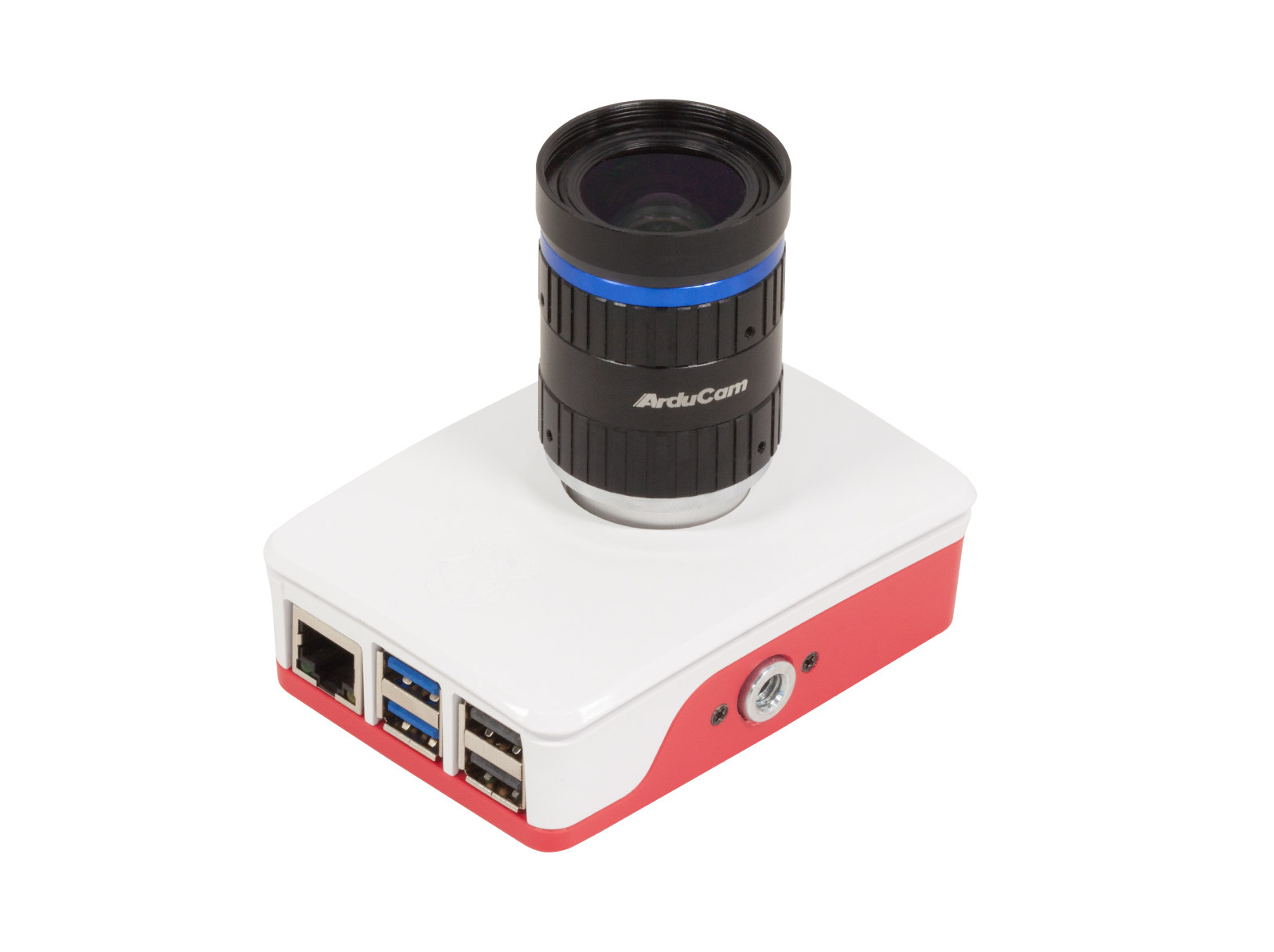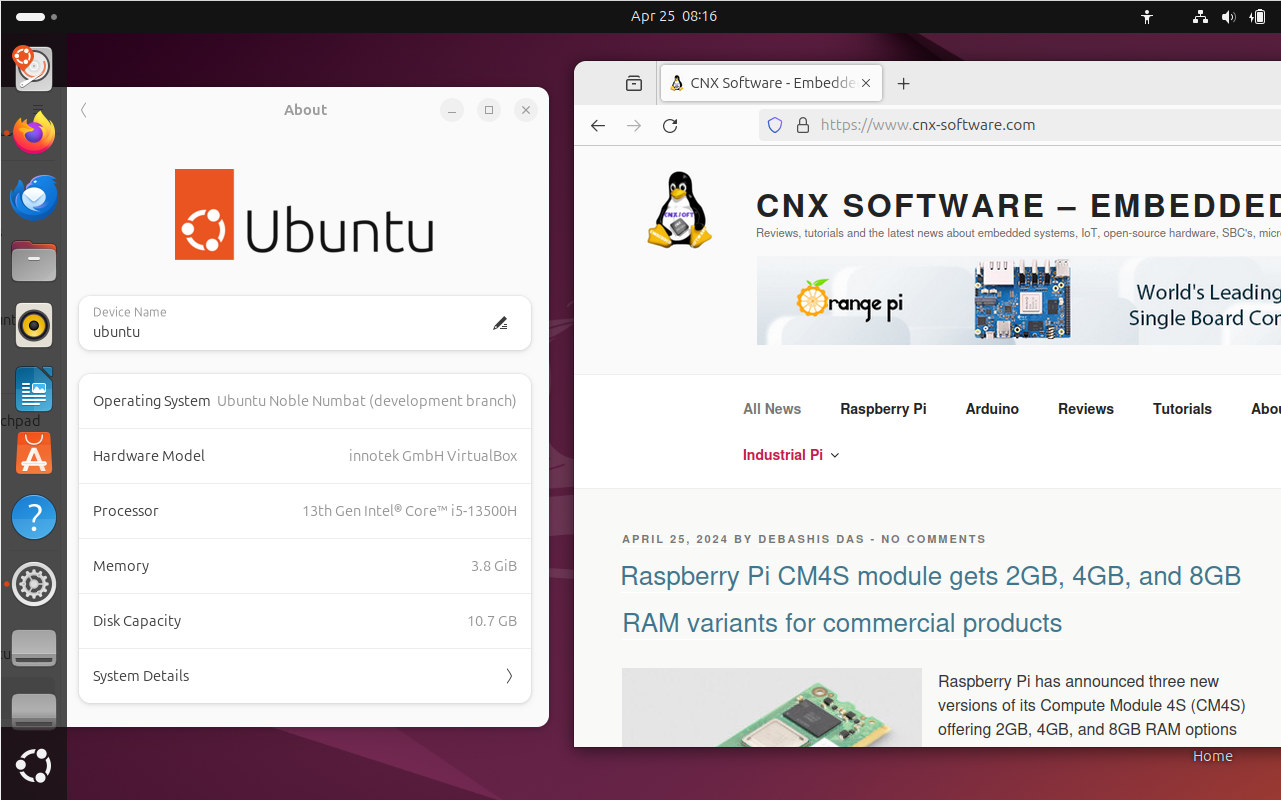As one should have expected after the Kodi 21 “Omega” release last month, the LibreELEC 12 lightweight Linux media center distribution is now out with many devices updated to 64-bit, including the Rasberry Pi 4 and 5 SBCs. LibreELEC 11 was released last year based on Kodi 20 “Nexus” and bringing back support for Amlogic devices. LibreELEC 12 builds on that and benefits from the new features added to Kodi 21 such as FFmpeg 6 and works on Arm platforms based on Allwinner, Amlogic, Broadcom (Raspberry Pi), and Rockchip processors, as well as generic x86 computers. It’s an easy option to create a dedicated HTPC based on a range of hardware with all the features brought by Kodi 21 media center. Since so many platforms are supported there are always some limitations for each and known problems: Raspberry Pi – 50/60fps H.264 HW decoding may need force_turbo=1 or core_freq_min=500 in […]
Geekworm X1011 board adds up to four NVMe SSDs to the Raspberry Pi 5
Geekworm X1011 is a new expansion board for the Raspberry Pi 5 with four M.2 sockets enabling the insertion of up to four M.2 NVMe SSDs with data pushed through the PCIe Gen2 interface of the popular SBC. We were already wondering why most people would want to connect two NVMe SSDs to the Raspberry Pi 5 when the Geekworm X1004 HAT+ was launched considering the 5GT/s limitation from the board and the PCIe switch, but the company decided to double the number of drives with the X1011 meaning each drive can achieve up to around 100 MB/s (or 400MB/s) when used simultaneously. It does look nice and fairly compact though. Geekworm X1011 specifications: Supported SBC – Raspberry Pi 5 and other SBCs with a compatible 16-pin PCIe FPC connector and mounting holes Chipset – ASMedia ASM1184e PCI express packet switch with 1x PCIe Gen2 x1 upstream port and 4x […]
Waveshare UGV Rover – A 6-wheel AI robot built around Raspberry Pi 4/5 and ESP32
The Waveshare UGV Rover is a 6-wheel robot platform based on Raspberry Pi 4 or 5 as well as an ESP32 module and built for remote exploration, object recognition, and autonomous navigation. Since the source code for the platform will be open-sourced it can also be used for educational purposes, programming, robotics, AI experimentation, and many other applications. This Unmanned Ground Vehicle (UGV) rover features a 2mm thick aluminum body, six 80mm shock-absorbing tires, and a four-wheel drive system controlled by an ESP32 sub-controller. The sub-controller also handles sensors, LiDAR, cameras, and more. The brain or the main controller of the rover is a Raspberry Pi SBC – either a Pi 4B or Pi 5 – which notably handles computer vision and machine learning operations. Since the mounting holes are designed to fit a Raspberry Pi, it is safe to assume that it will fit other SBCs with the same […]
Pineboards adds four more Raspberry Pi 5 PCIe HAT+ boards with PCIe x4 slot, mPCIe socket, Coral Dual Edge TPU support, and audio ports
Pineboards, previously known as PineBerry, has launched four new Raspberry Pi HAT+ with a PCIe interface: the Hat uPCIty Lite, HatDrive! Piano, Hat mPCIe, and Hat Ai! Dual. The Polish company decided to change the name from Pineberry to Pineboards since the “berry” name implied they were manufacturing single-board computers, while Pineboards, not to be confused with Pine64 boards, apparently does not :). Nevertheless, let’s have a look at the four new HAT+ boards. Hat uPCIty Lite – PCIe x4 slot and ATX power supply Specifications: Supported SBCs – Raspberry Pi 5 and other SBCs with a compatible 16-pin PCIe FPC connector and form factor PCIe 16-pin PCIe FPC connector (input) PCIe X4 slot (output) to connect PCIe cards such as NVIDIA or AMD graphics cards; Note: only PCIe x1 Gen2 and Gen3 are supported Misc – 12V and PWR LEDs Power Supply 12V/8A via ATX power connector 12V/8A via […]
SBC Case Builder v3.0 can create thousands of cases for popular SBCs and standard motherboards (mini-ITX, Pico-ITX, NUC…)
SBC Case Builder V3.0 case design utility has just been released with the ability to create over 1,000 standard cases – not including customization – for popular SBCs from Raspberry Pi, Hardkernel, Orange Pi, Radxa, and others, as well as standard motherboards following Mini-ITX, Pico-ITX, NUC, Nano-ITX, etc.., and SBC adapters following these standards, meaning you could install a Raspberry Pi 5 into a mini-ITX case if needed. SBC Case Builder started as a command line utility for designing DIY case for SBCs relying on OpenSDAD in April 2022, but Edward Kisiel (hominoids) quickly released version 2 with a GUI in October or the same, and has now further improved the utility with the release of SBC Case Builder v3.0. Version 3.0 comes with many improvements but the main focus was to reuse existing and new PC standard form factor cases by creating SBC adapters and custom I/O Shields since […]
Raspberry Pi 5 vs Intel N100 mini PC comparison – Features, Benchmarks, and Price
The Raspberry Pi 5 Arm SBC is now powerful enough to challenge some Intel systems in terms of performance, while Intel has made the Intel Alder Lake-N family, notably the Intel Processor N100, inexpensive and efficient enough to challenge Arm systems when it comes to price, form factor, and power consumption. So we’ll try to match the Raspberry Pi 5 to typical Intel processor N100 mini PCs with a comparison of features/specifications, performance (benchmarks), and pricing with different use cases. That’s something I’ve been wanting to look into for a while but I was busy with reviews and other obligations (Hello, Mr. Taxman!), and this weekend I had some spare time to carry on the comparison. Raspberry Pi 5 vs Intel N100 mini PC specifications I’ll start by comparing the specifications of a Raspberry Pi 5 against the ones for typical Intel Processor N100-based mini PCs also mentioning optional features […]
Pivistation 5 – A Raspberry Pi 5 Camera Kit to quickly get started with computer vision (Crowdfunding)
Arducam Pivistation 5 is an all-in-one Raspberry Pi 5 camera kit that aims to provide a turnkey hardware and software solution to quickly get started with computer vision applications and offered with a choice of camera sensors designed for various applications. The system looks like a Raspberry Pi 5 SBC housed in the official case fitted with a camera. Three models are available, namely the “Hawkeye” featuring a high-resolution 64MP autofocus camera, the “Darksee” with an 8MP camera sensor with ultra low-light sensitivity, and the “Klarity” with a 20MP camera with fixed focus and a large 1-inch sensor. Pivistation 5 specifications All the cameras above rely on a rolling shutter, but the company is also working on the upcoming Arducam Pivistation 5 Swift model that includes a global shutter for robotics applications. Besides the pre-assembled hardware, the Arducam Pivistation 5 family aims to quicken the development process with pre-installed software […]
Ubuntu 24.04 LTS “Noble Numbat” released with Linux 6.8, up to 12 years of support
Canonical has just released Ubuntu 24.04 LTS “Noble Numbat” distribution a little over two years after Ubuntu 22.04 LTS “Jammy Jellyfish” was released. The new version of the operating system comes with the recent Linux 6.8 kernel, GNOME 46, and a range of updates and new features we’ll discuss in this post. As a long-term support release, Ubuntu 24.04 LTS gets a 12-year commitment for security maintenance and support, with five years of free security maintenance on the main Ubuntu repository, and Ubuntu Pro extending that commitment to 10 years on both the main and universe repositories (also free for individuals and small companies with up to 5 devices). This can be extended a further 2-year, or 12 years in total, for Ubuntu Pro subscribers who purchase the Legacy Support add-on. Canonical explains the Linux 6.8 kernel brings improved syscall performance, nested KVM support on ppc64el, and access to the […]


